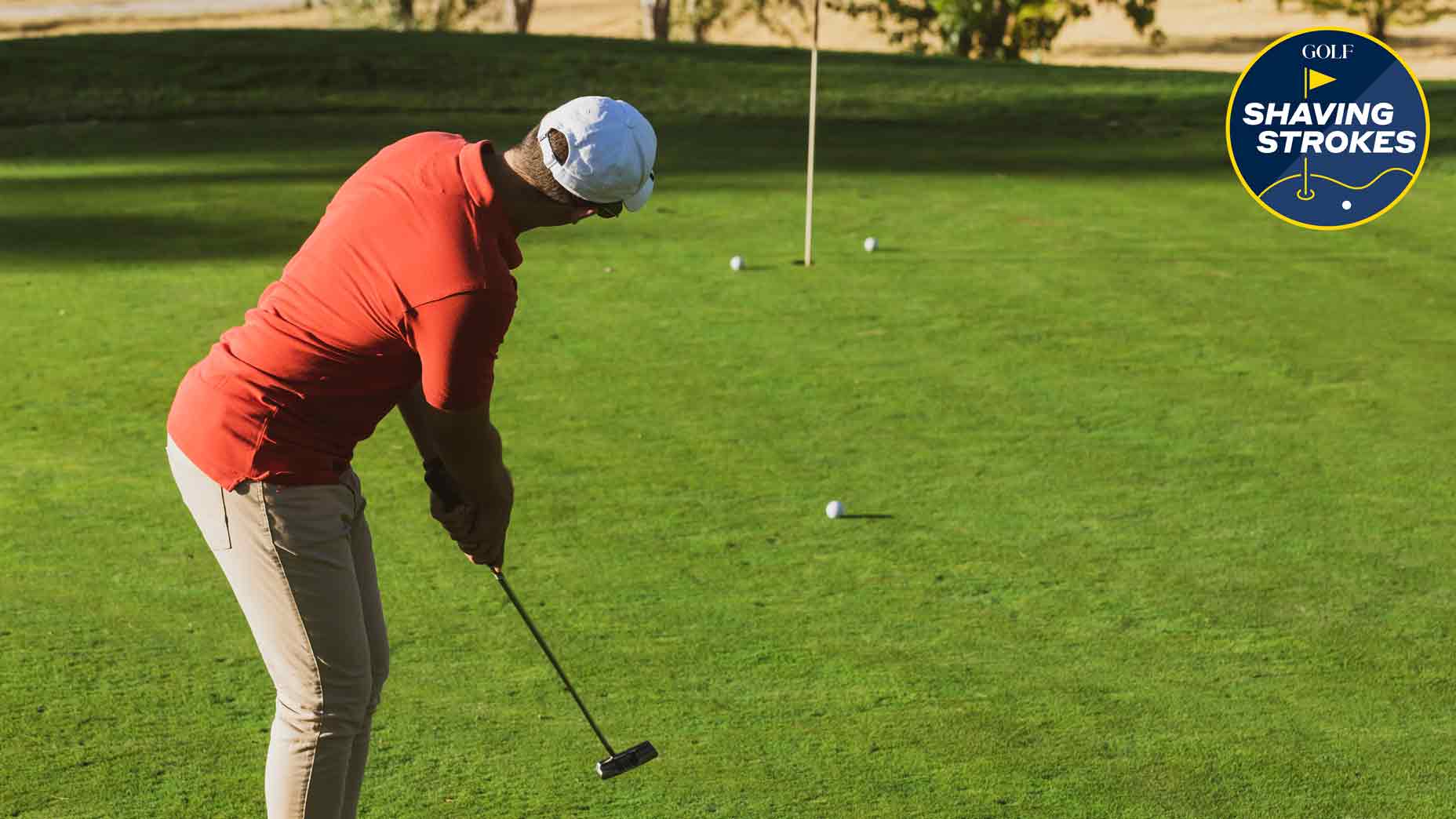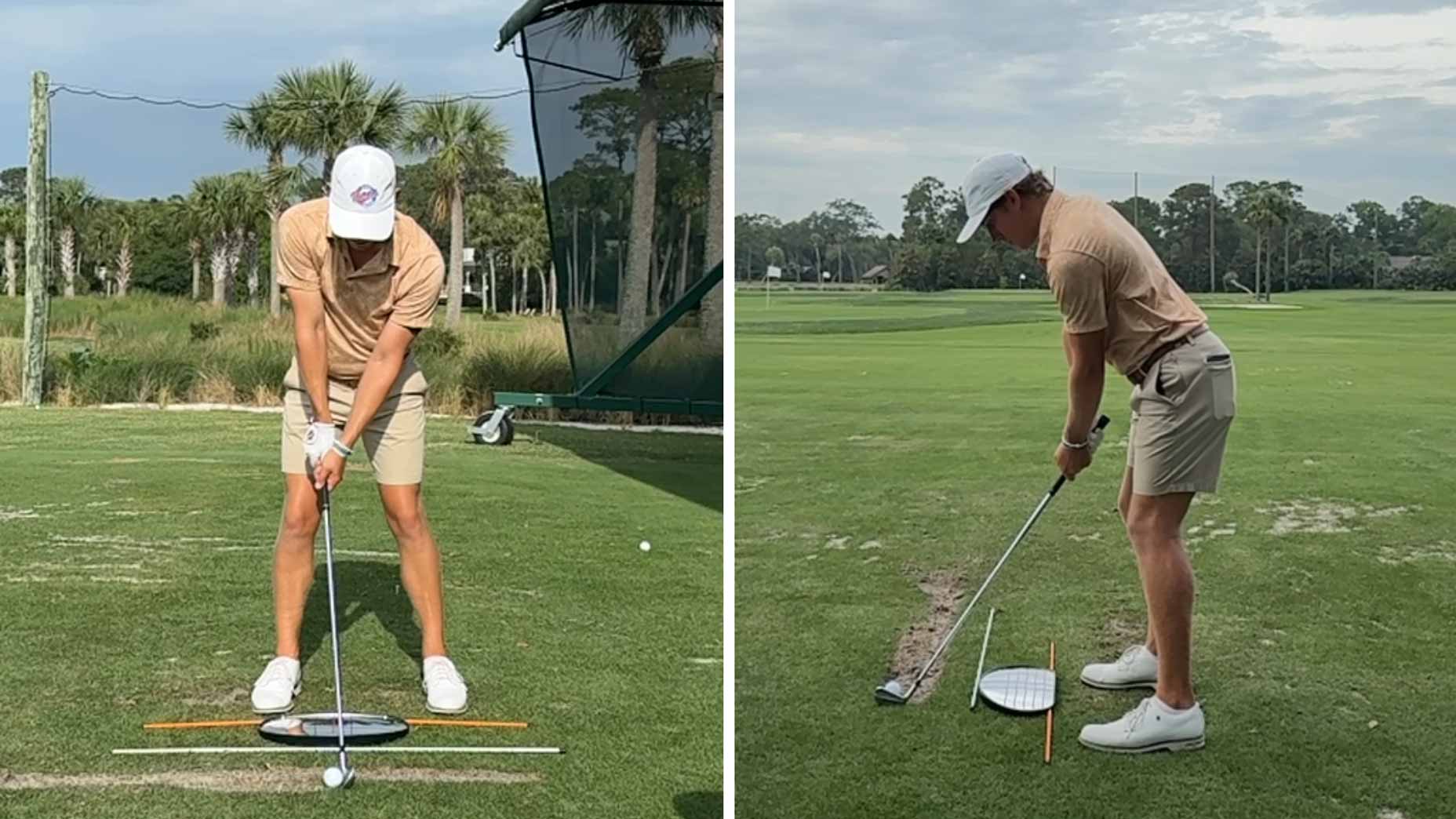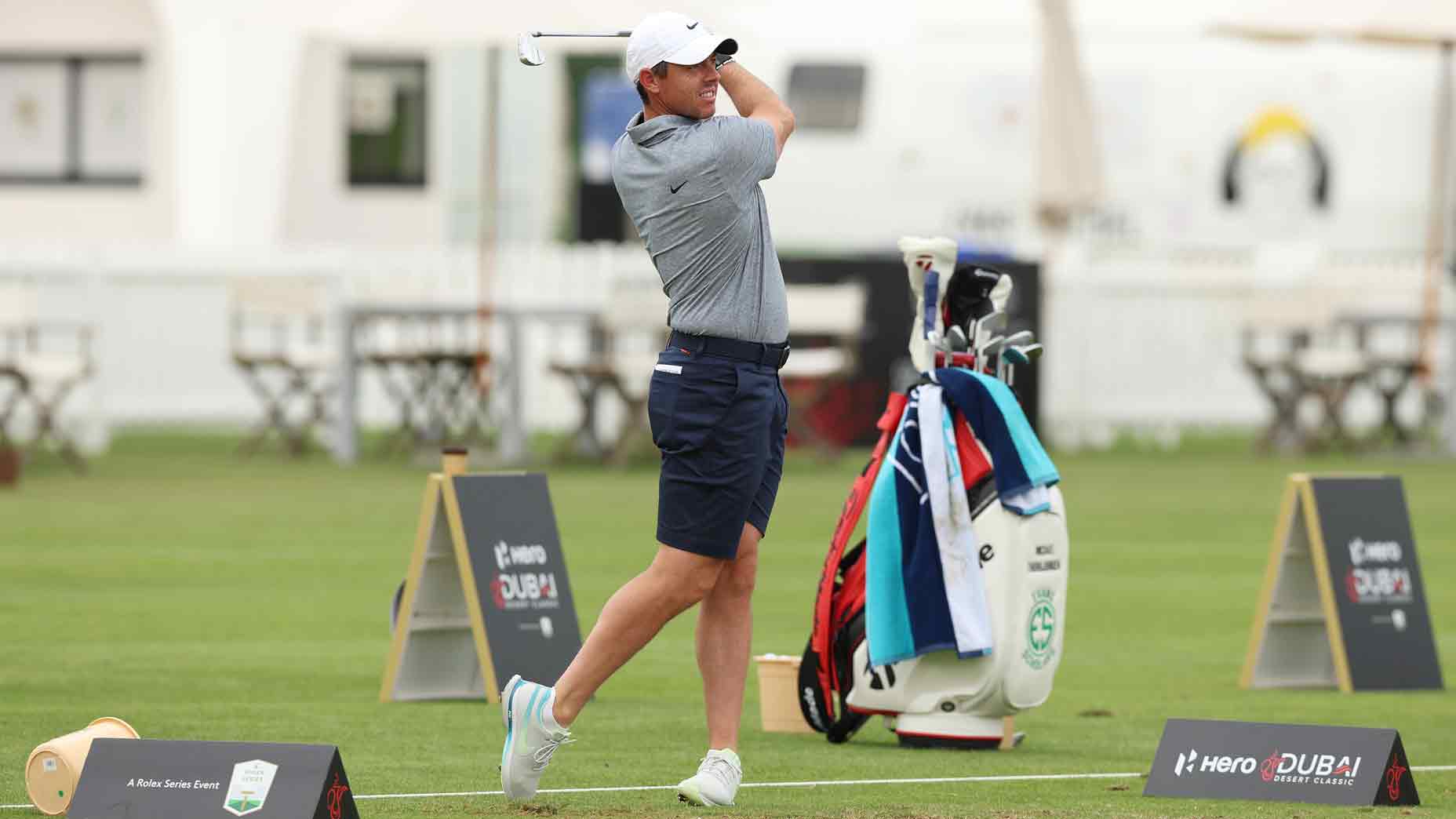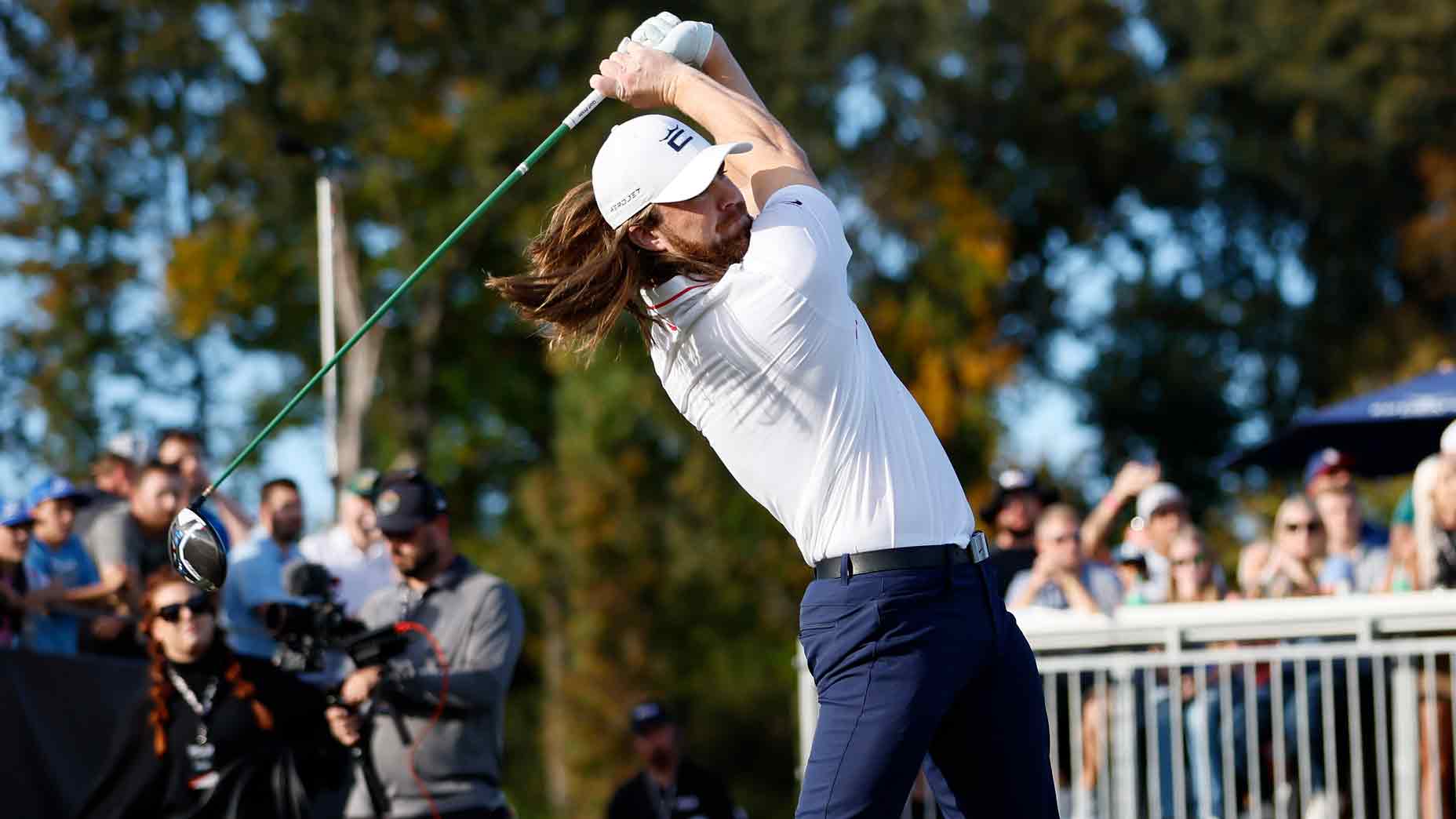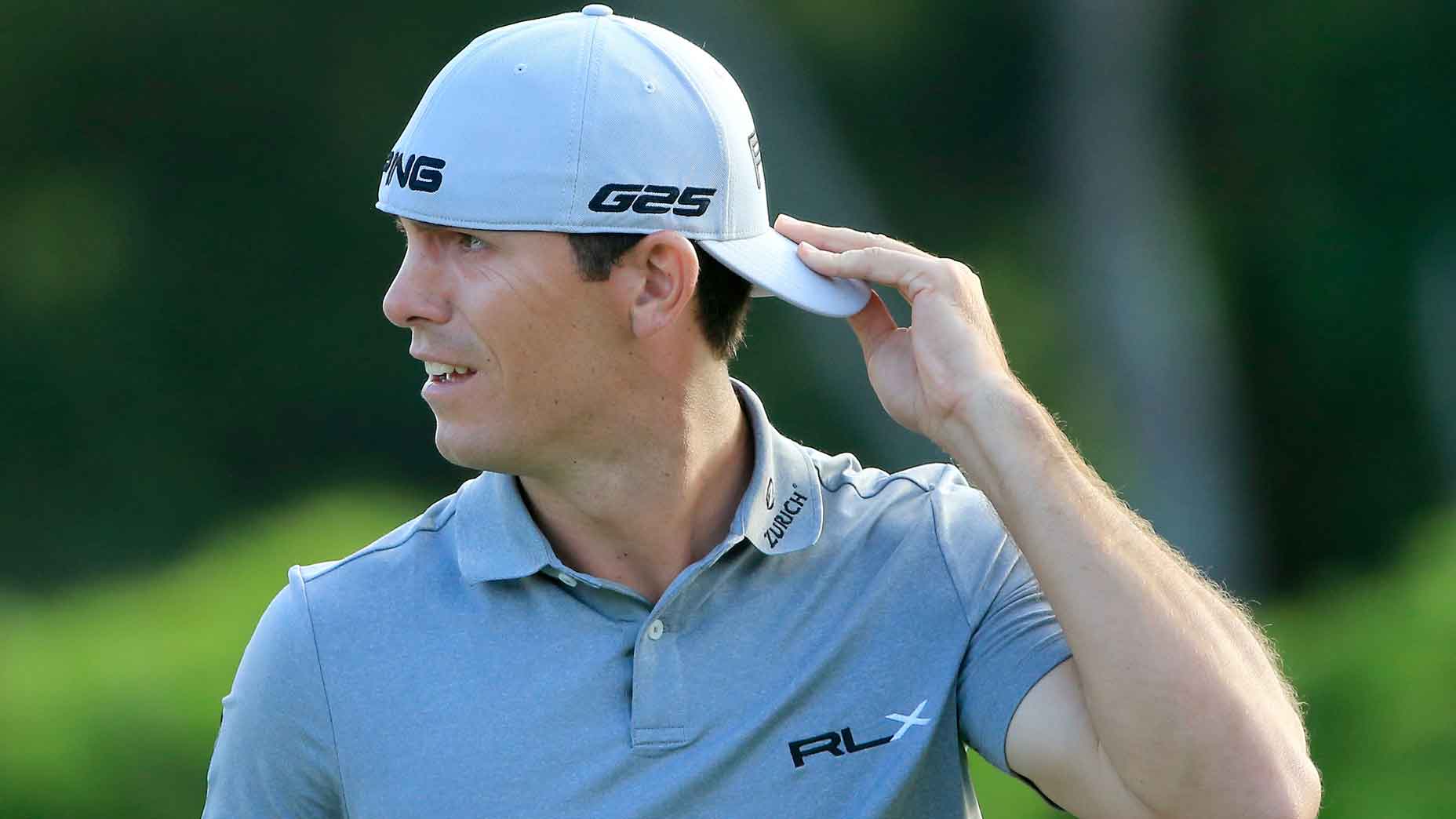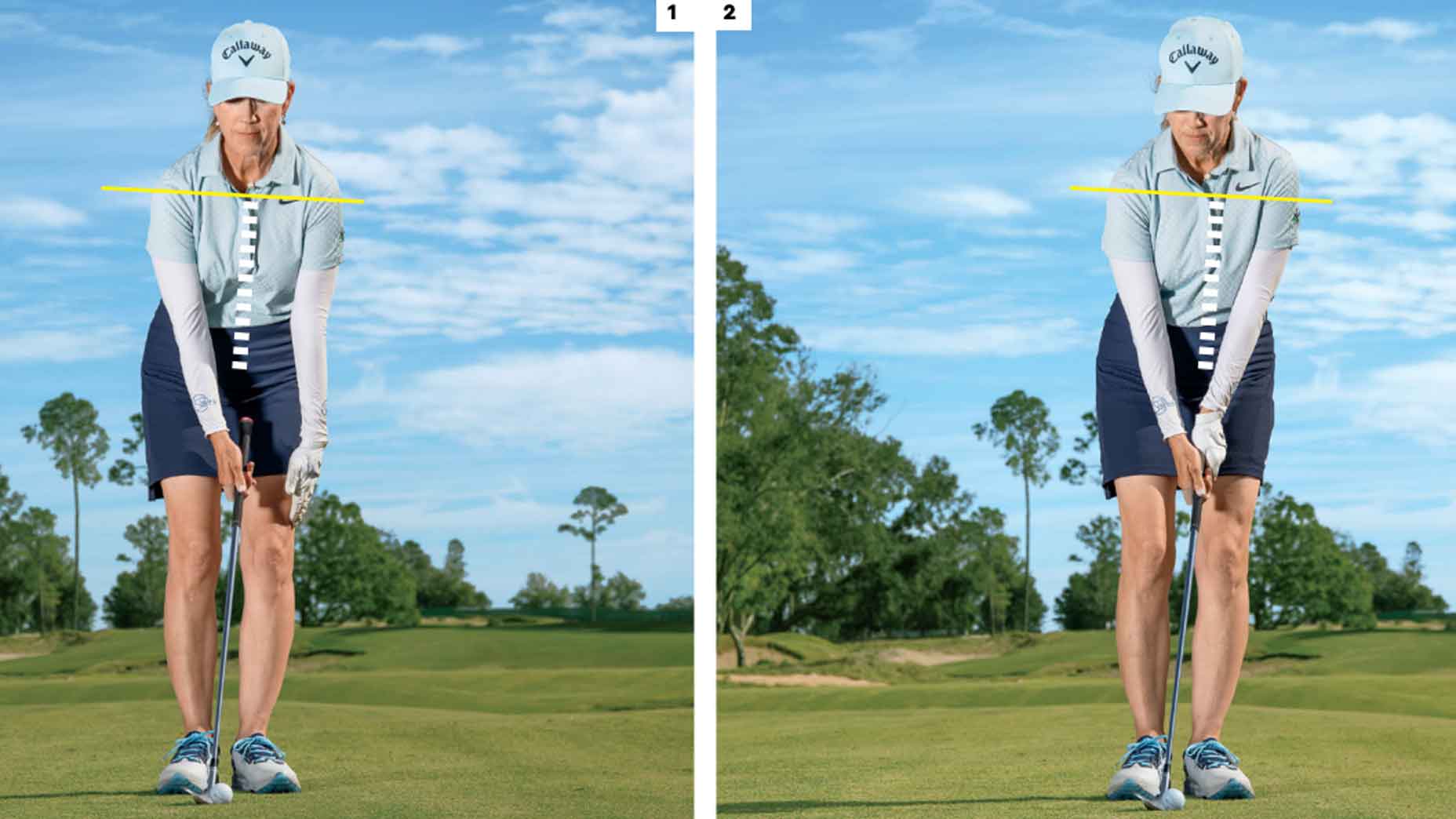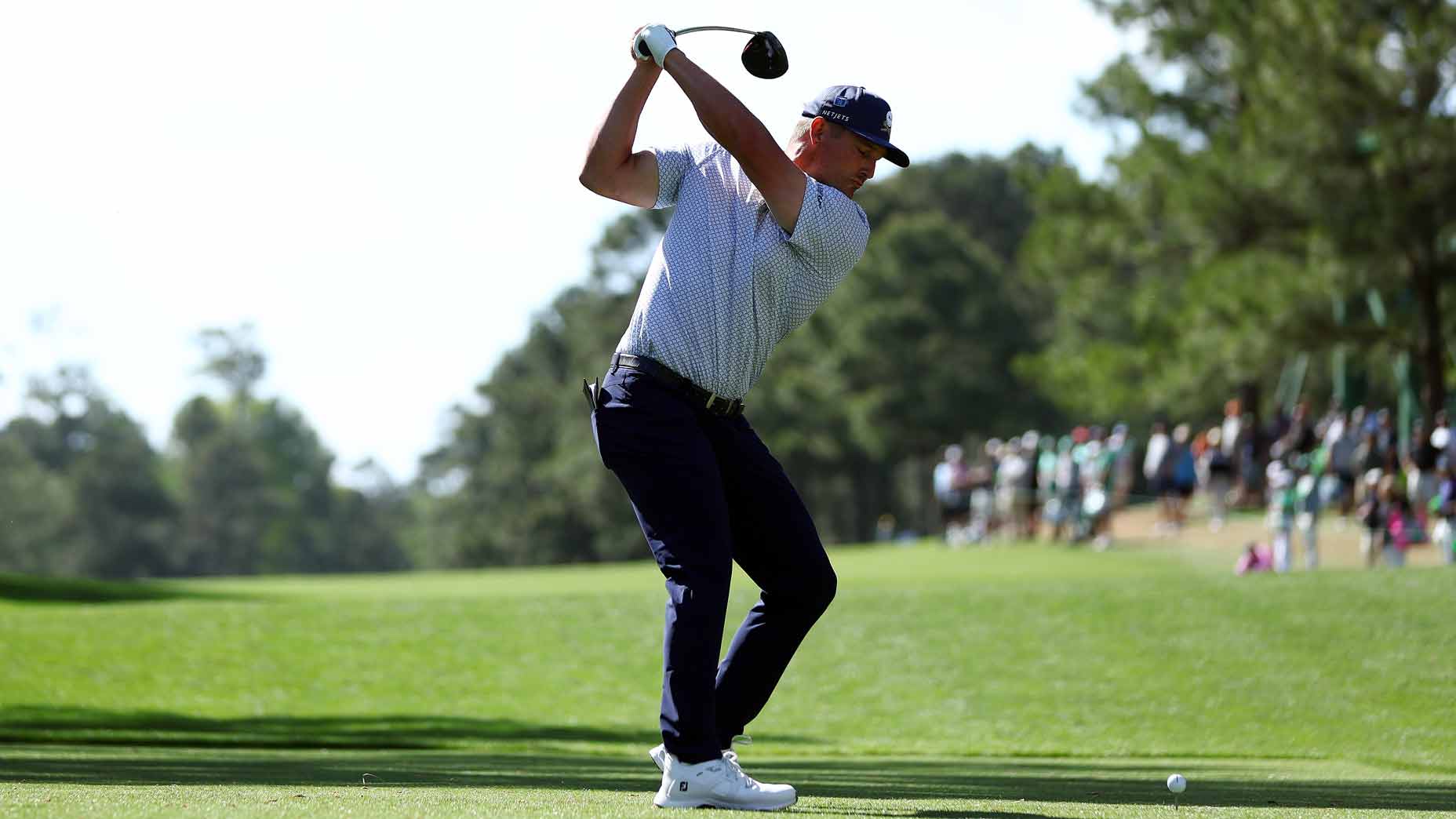Welcome to Shaving Strokes, a GOLF.com series in which we’re sharing improvements, learnings and takeaways from amateur golfers just like you — including some of the speed bumps and challenges they faced along the way.
If there’s one thing I love, it’s game-improvement stories. Hell, that’s why I wanted to launch Shaving Strokes in the first place — because, as golfers, it’s fun to share successes and tips that have helped us play our best golf. We all want to see one another have fun and score low, and this is a way to humble-brag about it for others to read about.
One of the more interesting improvement stories I’ve heard comes from GOLF Top 100 Teacher Mark Durland, who has a student named Joe.
How this science teacher added 19 mph of swing speed and dropped 7 strokesBy: Lucas Wald, GOLF Teacher to Watch , Nick Dimengo
Joe didn’t just shave seven strokes off his handicap (which is impressive in its own right) — he also won his club tournament and experienced his first hole-in-one. So when you talk about incredible golf improvement, that’s just about the trifecta!
What was Joe’s secret? I asked Durland to break down what he and his student worked on the most, with the teacher explaining the game plan that led to such massive gains.
Check them out below, and see if you can apply them to your own game to play better.
5 ways this amateur golfer shaved 7 strokes off his handicap
“It doesn’t have to be complicated to be effective,” Durland says. “This couldn’t be more apparent than with my student Joe.”
Durland and Joe started working together about two years ago, and, since then, have developed a simple plan that Joe’s used to see tremendous successes in his game.
From improving his handicap to winning his member-guest flight to having an ace for the first time, here are the five ways Durland says helped Joe break through the most.
1. The grip
Durland often uses a funny saying at his golf school: “Change a grip, lose a student!”
However, at times, it’s a road that must be traveled.
Joe had a very strong grip, which didn’t match his pattern. He had a tough time hitting the ball high and suffered the occasional shank due to the handle getting too high through impact. It took a little getting used to, but the ball started launching higher and the shanks disappeared once his grip was fixed.
For Joe, Durland had him focus on the two “V’s” (between his thumbs and index fingers), making sure it aligned all the way up to the chin.
2. A merry-go-round swing
Joe had a tendency to lift the club as he started going back, which often left his hands too high at the top of the backswing. This pattern yields more sway than rotation in the golf swing.
So Durland says he explained how this was more of a ferris wheel motion, but that it needed to become one that resembles a merry-go-round.
“Joe quickly absorbed this concept, and the impact on his ball flight was amazing,” Durland says.
Joe’s ferris wheel swing was more of an arms-only swing, whereas the merry-go-round swing involved his big muscles, his torso and his legs.
Once he dialed in this feeling, something that helped him was keeping his left arm low and across his body on the backswing. This resulted in higher shots that traveled farther.
3. Having a PGA Tour-level finish
The next challenge that Durland and Joe had to overcome was Joe’s tendency to stay on his back foot through impact, leading to a scoop that’s common among amateur players.
But Durland explained two simple concepts that helped improve Joe’s ball-striking ability.
The first was executing a PGA Tour finish. This meant having the belt buckle toward the target, the right toe on the ground, the club over his left shoulder, and most importantly, having all of this in balance so he could hold his finish. The key to all of this was making sure the right hip was pointed at the target through impact — since the right hip lifts the right foot biomechanically.
The second concept was understanding that the bottom of the swing should be in front of the golf ball (except with the driver). So Durland had Joe make practice swings that bottomed out the club way in front of the golf ball.
Durland also used one of his favorite drills, putting an alignment stick between Joe’s legs, instructing him to start with the clubhead behind the stick, and then making a divot as far in front of the alignment stick as he could (toward the target).
Here’s a video of Durland explaining how you can achieve a PGA or LPGA Tour finish, too.
4. Empowered with carry distances
One of the most important things Durland and Joe did was calibrate his distances by using a golf monitor. Most golfers know their total distance, but they often have no idea what their carry distance is.
Tour players are dialed into their carry distances because the total distance is variable. Are the conditions hard or soft? Did the golf ball land on an upslope or on the downslope? Those are all factors that change from hole to hole, which is why the only number a golfer can control is the carry number.
By understanding his carry distances, Joe was able to record his first ace last May!
So if you don’t know your carry distances, find a measuring device and get them calibrated. Doing so may not necessarily lead you to a hole in one, but it will help you see better results with every shot.

Game Golf KZN GPS Shot Tracker
View Product
